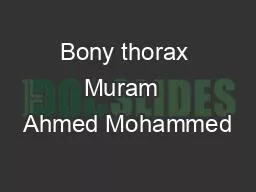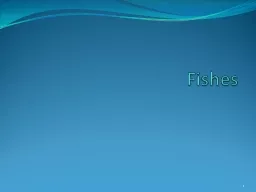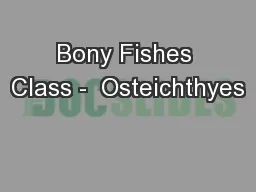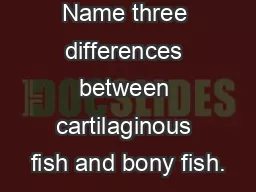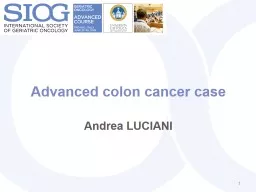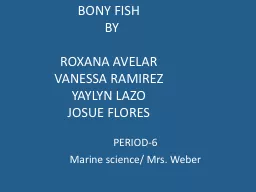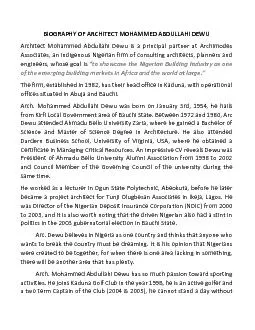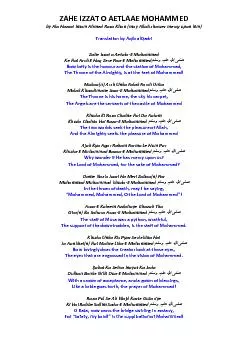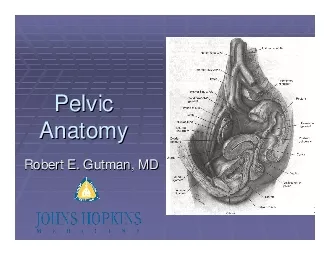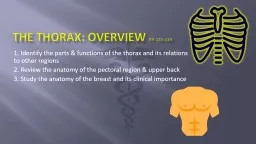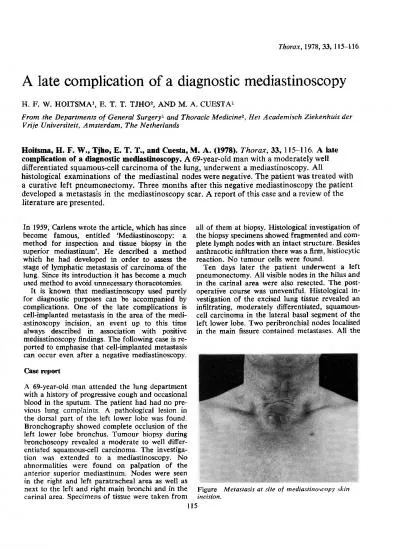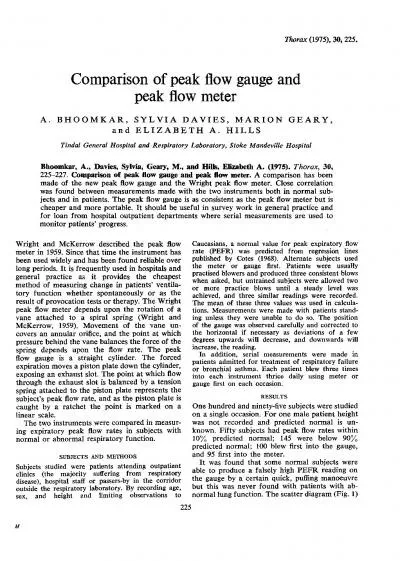PPT-Bony thorax Muram Ahmed Mohammed
Author : CitySlicker | Published Date : 2022-08-03
The Thoracic Cage Forms protective cage around heart lungs and other organs The skeleton of the Thorax consist of 1Sternum anteriorly Manubrium Body Gladiolus
Presentation Embed Code
Download Presentation
Download Presentation The PPT/PDF document "Bony thorax Muram Ahmed Mohammed" is the property of its rightful owner. Permission is granted to download and print the materials on this website for personal, non-commercial use only, and to display it on your personal computer provided you do not modify the materials and that you retain all copyright notices contained in the materials. By downloading content from our website, you accept the terms of this agreement.
Bony thorax Muram Ahmed Mohammed: Transcript
Download Rules Of Document
"Bony thorax Muram Ahmed Mohammed"The content belongs to its owner. You may download and print it for personal use, without modification, and keep all copyright notices. By downloading, you agree to these terms.
Related Documents

